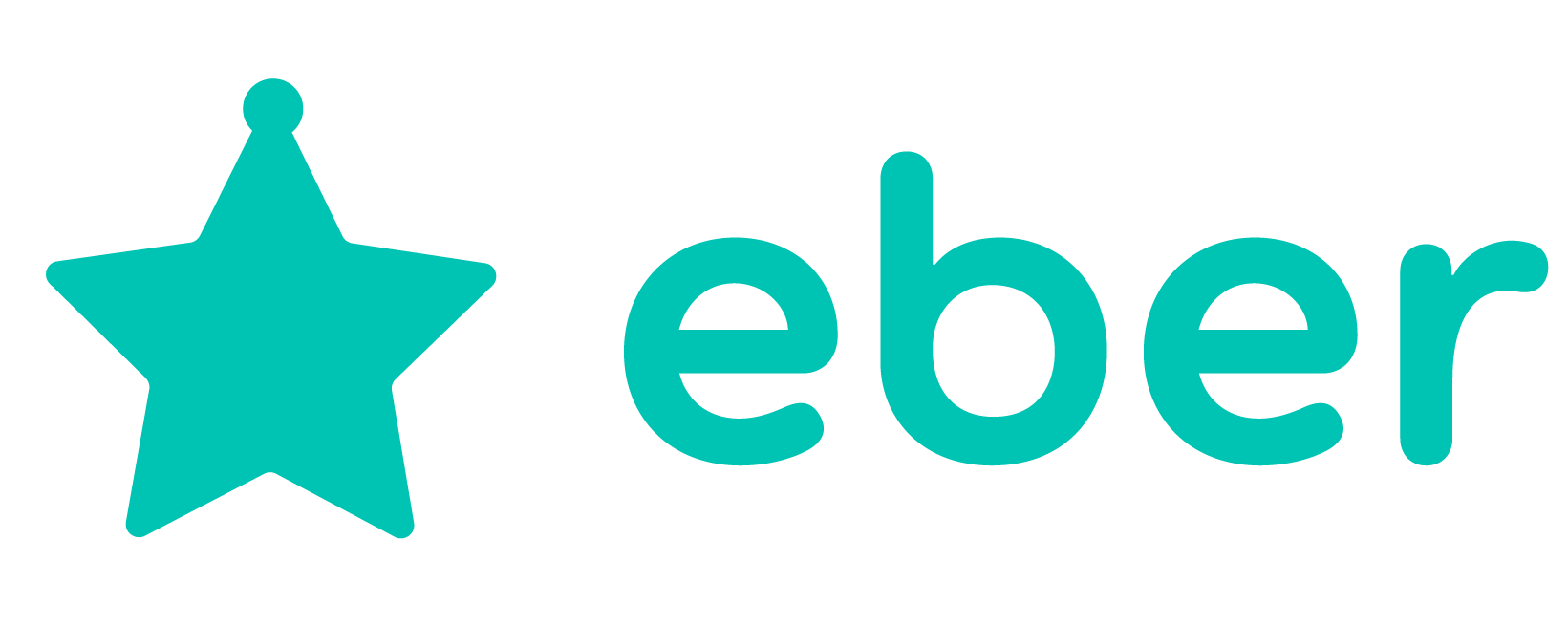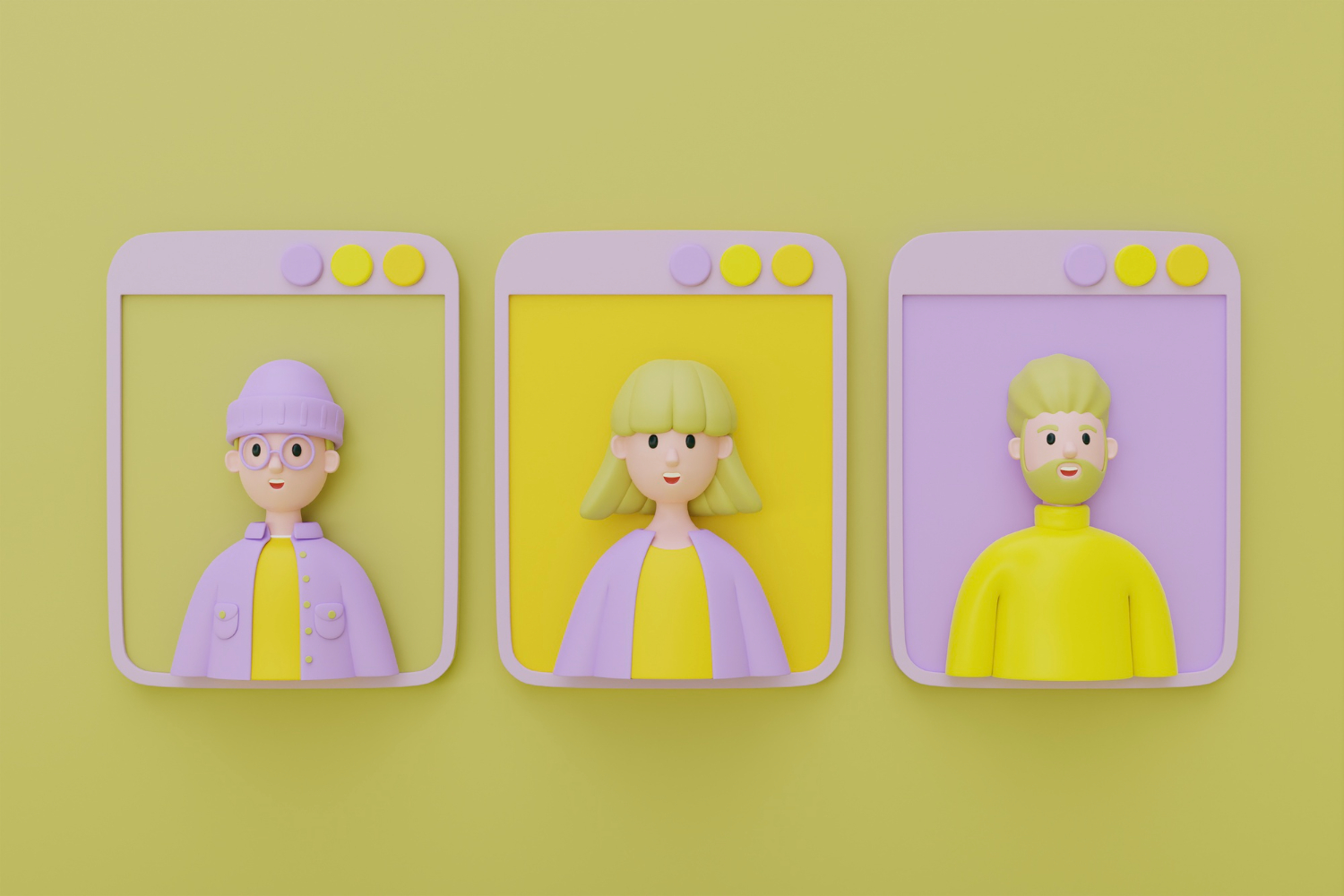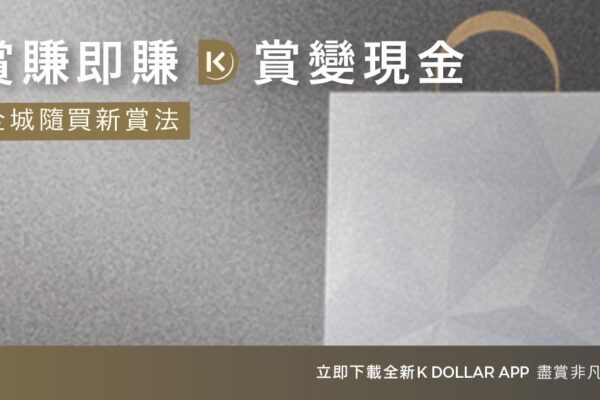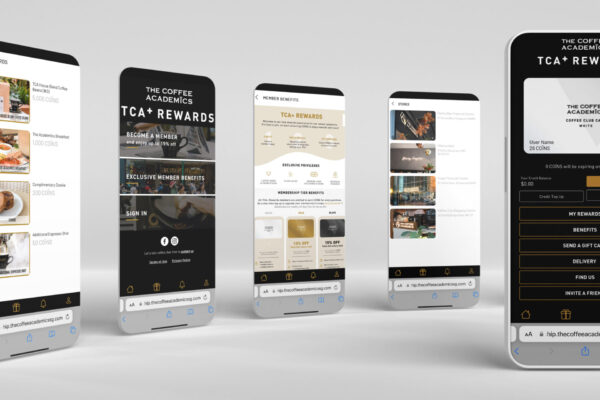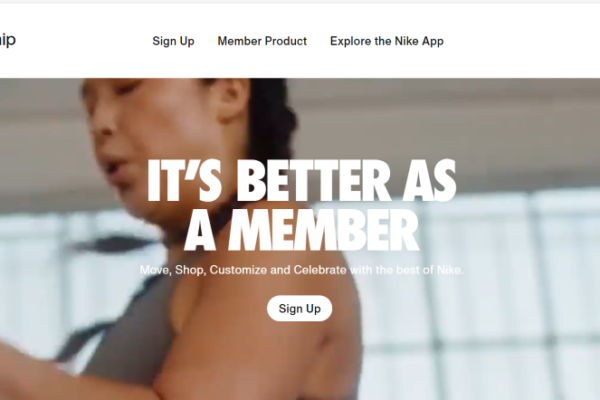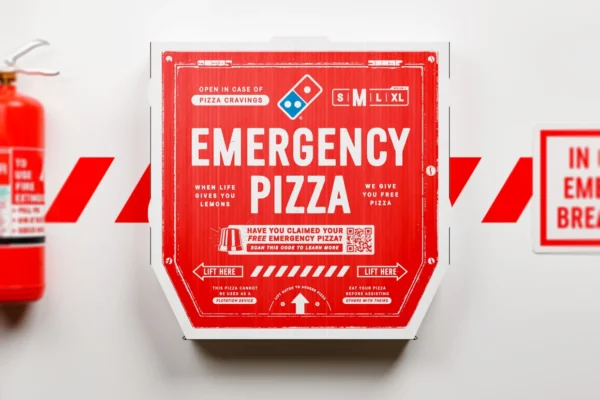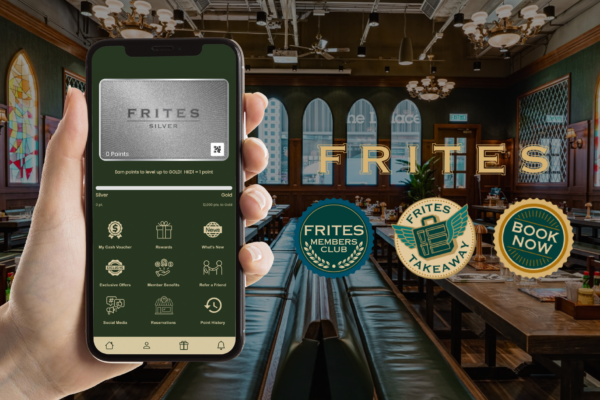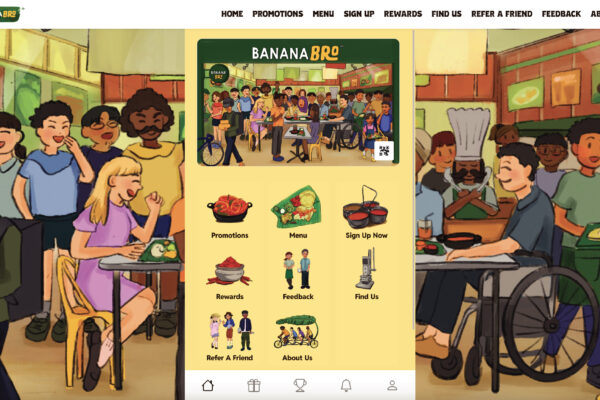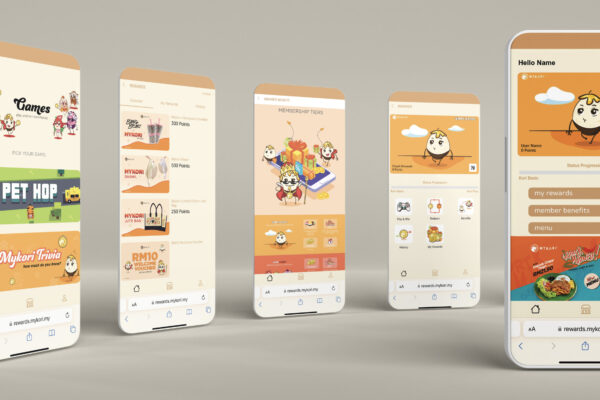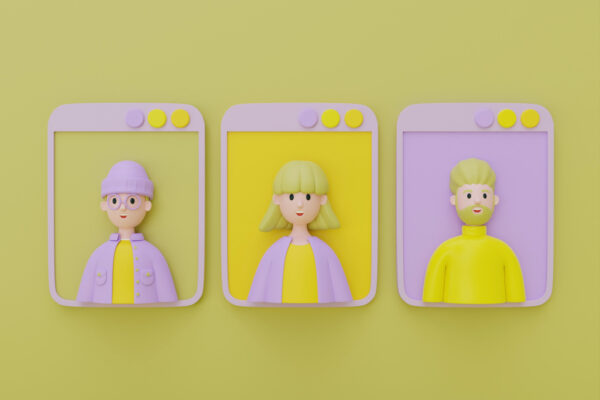5 Customer Referral Ideas to Boost Loyalty and Drive Growth Customer referrals — also known as referral marketing — are one of …
Featured Blog
In the ever-growing world of e-commerce, standing out from the crowd is vital. If you’re running a Shopify store, you know that …
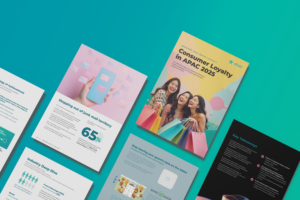
Consumer Loyalty in APAC 2025
The Must-Read Report for Industry Leaders & Marketers! The definitive guide to consumer behavior, loyalty strategies, and market opportunities across Asia Pacific.
Retain Your Customers Today!
營銷必殺技
客戶忠誠計劃是什麼?5個全球品牌案例教你打造有黏性的顧客關係 在競爭激烈的市場中,獲得一個新客戶的成本,平均是保留一位老客戶的5倍。這也是為什麼「客戶忠誠計劃」成為各大品牌的重要戰略。從累積積分、會員專屬優惠,到打造社群體驗,忠誠計劃的形式愈來愈多元,但核心目的只有一個——讓顧客持續回來,並且願意推薦給他人。
【會員系統推薦】5大好處+5大功能 在香港競爭激烈的零售和餐飲市場,如何留住客人、提升回購率,成為每一間店舖的共同挑戰。顧客比以往更著重「體驗」與「價值」。因此,越來越多品牌選擇引入會員系統,不再單靠折扣搶生意,而是透過會員經營策略,將新客變熟客,熟客變鐵粉。
Industry Insights
Facebook Instagram Linkedin Youtube Table of content Exploring the Aesthetic Medical Industry Differentiating the Treatment of Patients as Per Their Expectations Implementing …
Facebook Instagram Linkedin Youtube Table of content Key Details Strategic Takeaways for Marketers What You Can Learn JD Sport and Nike Launch …
Facebook Instagram Linkedin Youtube Table of content Key Takeaways from Domino’s Loyalty Refresh The Proof is in the Pizza: Results Why It …
Retention Fundamentals
How to Start a Loyalty Program for Pubs The best way to build loyalty is when you’re intentional. Here’s what spreadsheets don’t …
Is My F&B Business Too Small for a Loyalty Program? If you’re running a small F&B business — maybe a café, bubble …
4 Loyalty Program Concepts That Transform Customer Relationships The most effective loyalty strategies now focus on creating emotional connections, delivering meaningful value, …
The Evolving Marketer
5 Customer Referral Ideas to Boost Loyalty and Drive Growth Customer referrals — also known as referral marketing — are one of …
In the ever-growing world of e-commerce, standing out from the crowd is vital. If you’re running a Shopify store, you know that …
Facebook Instagram Linkedin Youtube Table of content Exploring the Aesthetic Medical Industry Differentiating the Treatment of Patients as Per Their Expectations Implementing …
Industry Insights
Facebook Instagram Linkedin Youtube Table of content Exploring the Aesthetic Medical Industry Differentiating the Treatment of Patients as Per Their Expectations Implementing …
Facebook Instagram Linkedin Youtube Table of content Key Details Strategic Takeaways for Marketers What You Can Learn JD Sport and Nike Launch …
Facebook Instagram Linkedin Youtube Table of content Key Takeaways from Domino’s Loyalty Refresh The Proof is in the Pizza: Results Why It …
Retention Fundamentals
How to Start a Loyalty Program for Pubs The best way to build loyalty is when you’re intentional. Here’s what spreadsheets don’t …
Is My F&B Business Too Small for a Loyalty Program? If you’re running a small F&B business — maybe a café, bubble …
4 Loyalty Program Concepts That Transform Customer Relationships The most effective loyalty strategies now focus on creating emotional connections, delivering meaningful value, …
How Can I Get Customers to Come Back After Their First Visit? You’ve worked hard to bring a customer in for the …
How to Collect Customer Data with Your Loyalty Program. Customer data is crucial for building a successful loyalty program. By gathering and …
Why Every Singapore Business Needs a Loyalty Program in 2025 Singapore’s consumers pride themselves on a fast moving purchasing behaviour. The next …
Subscribe to Our Newsletter!
Gain the most valuable consumer insights.
All to your inbox, for free.
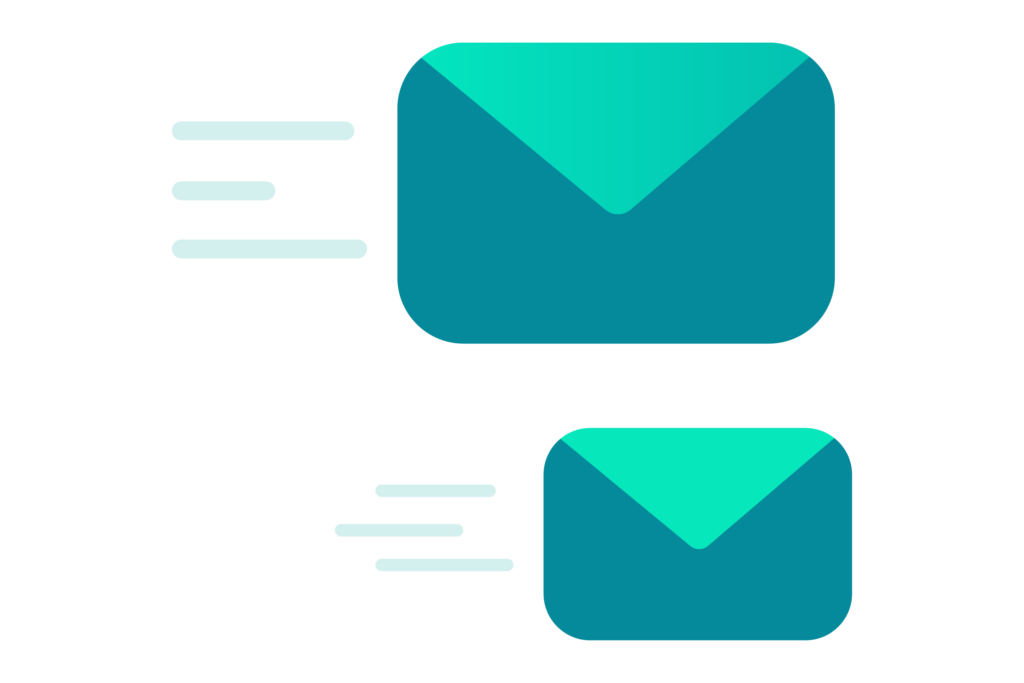
Explore More of Our Blogs
How to Start a Loyalty Program for Pubs The best way to build loyalty is when you’re intentional. Here’s what spreadsheets don’t …
客戶忠誠計劃是什麼?5個全球品牌案例教你打造有黏性的顧客關係 在競爭激烈的市場中,獲得一個新客戶的成本,平均是保留一位老客戶的5倍。這也是為什麼「客戶忠誠計劃」成為各大品牌的重要戰略。從累積積分、會員專屬優惠,到打造社群體驗,忠誠計劃的形式愈來愈多元,但核心目的只有一個——讓顧客持續回來,並且願意推薦給他人。
